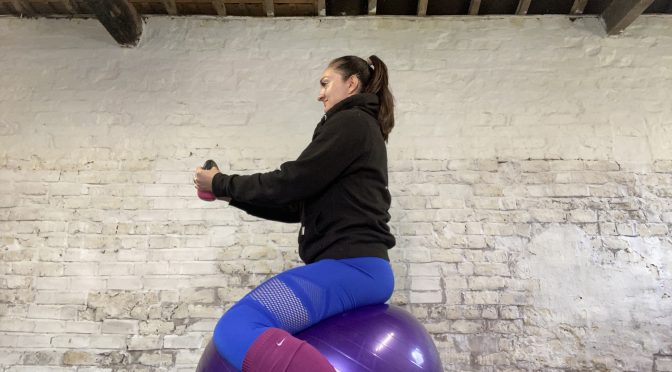It’s been dark when I’ve been starting and leaving work this week, which means Autumn has finally set in. I’ve already started to think about how I’ll fit in training my ponies over winter and how I will fit that all in around the lack of daylight, weather changes etc.
That also means I need to consider my own training.
Once the weather isn’t so nice we tend to not be outside on the go as much and prefer to spend evenings and weekends snuggled up on the sofa, usually with snacks!
However winter onset is no excuse to slack on your fitness regime. In fact if you’re riding less that’s even more reason (and time) to focus on your own fitness.
But I get it, going out for a run when it’s dark, wet and windy doesn’t seem so appealing.
Of course there are certain forms of exercise that I think would be more beneficial to your riding than others. Including some resistance training and some body awareness would be top of my list. However, in reality any exercise that you will actually turn up and do consistently is beneficial.
If you like a social element why not join a class (There’s space in my classes if you’re interested…..)
If you really want to do that run, walk or cycle outside buy yourself some good warm and waterproof kit so it doesn’t feel so grim- I reward myself with a hot bath and a hot chocolate if I do this!
If you want to make time to commit to the gym you can be really tactical at improving your riding performance with weights and cardio equipment available.
And if you really can’t face leaving the house there are lots of online workouts you can do. Just a hint I’ve got an online programme that’s only £5 per month….
So, there are lot’s of options to keep yourself in training alongside your horse through the darker months. You’ve just got to find something you’ll stick to and remember that 2022 season you will thank you for your efforts!

